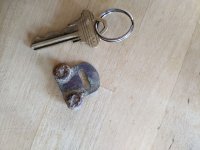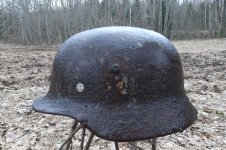Cameronstrause
Jr. Member
I have heard of people using topography maps to find potential places to look for arrowheads and other artifacts. What should you be looking for on these maps that would be indicators of a place a camp could've been?
Amazon Forum Fav 👍
Upvote
0






